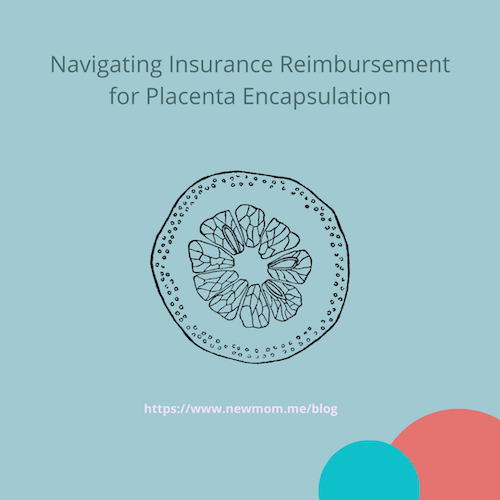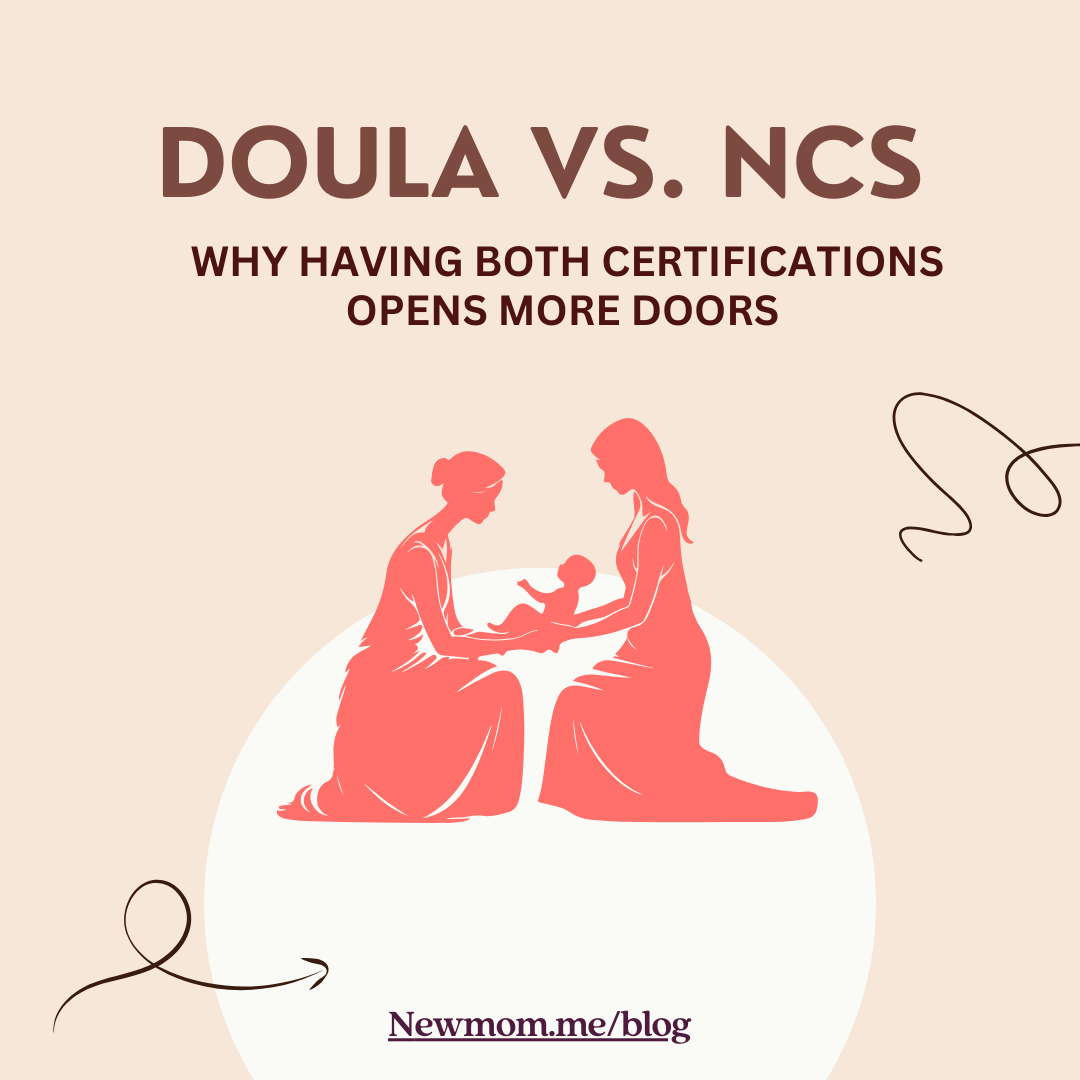Key Takeaways
• Placenta encapsulation transforms placenta into consumable capsules post-childbirth.
• Insurance reimbursement requires documentation, superbills, and potential appeals.
• Finding certified providers through recommendations and research ensures safety.
Placenta encapsulation, the innovative practice of transforming a mother's placenta into consumable capsules post-childbirth, has surged in popularity in recent years. Advocates of this procedure claim numerous postpartum health benefits, though it's worth noting that scientific backing remains limited. If you're considering this procedure, you might be wondering about the possibility of insurance reimbursement. Let's delve into the steps you can follow to apply for reimbursement:
Understanding Placenta Encapsulation
Before we dive into the insurance side of things, it's crucial to understand what placenta encapsulation is. After childbirth, the placenta is dehydrated, ground into powder, and then placed into capsules. Some believe that consuming these capsules can aid in postpartum recovery by replenishing lost nutrients, boosting milk production, and combating postpartum depression.
Steps for Insurance Reimbursement
- Knowledge is Power: Familiarize yourself with the nitty-gritty details of your insurance plan. Scrutinize the terms and benefits, specifically focusing on coverage related to alternative or complementary treatments.
- Direct Communication: Reach out to your insurance provider to discuss coverage details for placenta encapsulation. When you do, jot down the name of the representative you chat with and the date – this might come in handy later.
- Acquire a Superbill: Ask your placenta encapsulation specialist if they can provide a superbill. This is an itemized form utilized by healthcare practitioners for insurance claims, listing necessary codes and costs associated with the encapsulation service.
- Seek a Doctor's Note: Some insurers might request a note from a medical professional (doctor or midwife) emphasizing the medical necessity of placenta encapsulation for postpartum recovery.
- Submitting Your Claim: Equipped with your superbill and potential doctor's note, proceed to submit your claim. Ensure you've completed any supplementary claim forms your insurer may require.
- Organization is Key: Maintain copies of every document you dispatch and record all interactions regarding this claim. These records can be pivotal if you have to appeal or follow up.
- Anticipate a Denial: It's wise to be mentally prepared for a denied claim. Due to the lack of widespread medical recognition for placenta encapsulation, many insurers remain skeptical.
- The Appeal Process: If your insurer denies your claim, but you believe you have a strong case, consider launching an appeal. This typically entails presenting additional documentation or procuring supportive letters from medical professionals.
- Exploring Alternatives: If your claim faces rejection, all hope isn't lost. You might be able to use Health Savings Account (HSA) or Flexible Spending Account (FSA) funds to cover costs. However, always verify the service's eligibility under these accounts first.
While the journey to secure insurance reimbursement for placenta encapsulation can be intricate, it's not insurmountable. With diligence, proper documentation, and open communication with your insurer, you can navigate the maze of insurance policies. Even if placenta encapsulation isn't universally embraced, its growing popularity is a testament to the many mothers who find value in the practice. Always remember, every mother's journey is unique, and what matters most is finding what works best for you and your baby.
How to find the right provider for placenta encapsulation?
Finding the right provider for placenta encapsulation is crucial, not only to ensure that the procedure is done correctly but also to ensure your safety. Here's a step-by-step guide to help you find a reliable placenta encapsulation provider:
1. Research and Education:
Before you start, educate yourself about placenta encapsulation, its benefits, the process, and potential risks. The more you know, the better equipped you'll be to ask the right questions and make an informed decision.
2. Word of Mouth:
One of the best ways to find a reliable provider is through personal recommendations. Ask friends, family, or members of your prenatal group if they have experience with placenta encapsulation and can recommend a provider.
3. Consult Your Medical Team:
Your midwife, doula, or obstetrician might have references or can guide you to reputable practitioners in the area.
4. Check Online Directories:
There are several professional organizations dedicated to placenta encapsulation. Newmom.me has a great list of placenta encapsulation providers.
5. Reviews and Testimonials:
Once you've identified potential providers, check online reviews and testimonials.
6. Training and Certification:
Ensure that the provider you choose has undergone formal training and holds a certification from a recognized organization. Certification ensures they adhere to specific safety and hygiene standards.
7. Interview Potential Providers:
- Ask about their training and experience.
- Inquire about their process, safety, and sanitation procedures.
- Find out where the encapsulation will take place: at their facility, your home, or elsewhere.
- Discuss the costs involved.
8. Safety and Hygiene Standards:
The provider should be able to outline their sanitation protocols clearly. They should use personal protective equipment and ensure that all tools and surfaces are thoroughly sterilized.
9. Service Agreement:
Once you've decided on a provider, make sure there is a written service agreement outlining the terms, responsibilities, and costs. This protects both parties.
10. Insurance:
Check if the provider carries liability insurance. While complications are rare, insurance is an added layer of protection for both you and the practitioner.
11. Stay Informed:
Throughout the process, stay informed and involved. A good provider will be open to your questions, concerns, and will keep you updated.
12. Trust Your Instincts:
If something doesn't feel right, it's okay to find another provider. This is a personal choice, and you should feel comfortable and confident in your decision.
In conclusion, while placenta encapsulation is an ancient practice experiencing modern-day resurgence, it's crucial to approach it with diligence. Ensuring that you're working with a trained, certified, and reputable provider can help you enjoy the potential benefits of the procedure safely.
At Newmom.me, we’re here to transform the motherhood narrative and make this process of finding support so much easier on you. We have a carefully curated, easy-to-use, and customizable platform where you can search by the type of service you need, location, and availability. You can easily sign up to review profiles of Lactation Consultants, Doulas, Mother’s helpers, and other services. Let us help you embrace motherhood with a full heart.





-42.png)

-41.png)